Vietnam, EU sign free trade, investment protection agreements
The EVFTA was inked by Minister of Industry and Trade Tran Tuan Anh and European Commissioner for Trade Cecilia Malmstrom, and the EVIPA, between Minister of Planning and Investment Nguyen Chi Dung and an EU leading official.
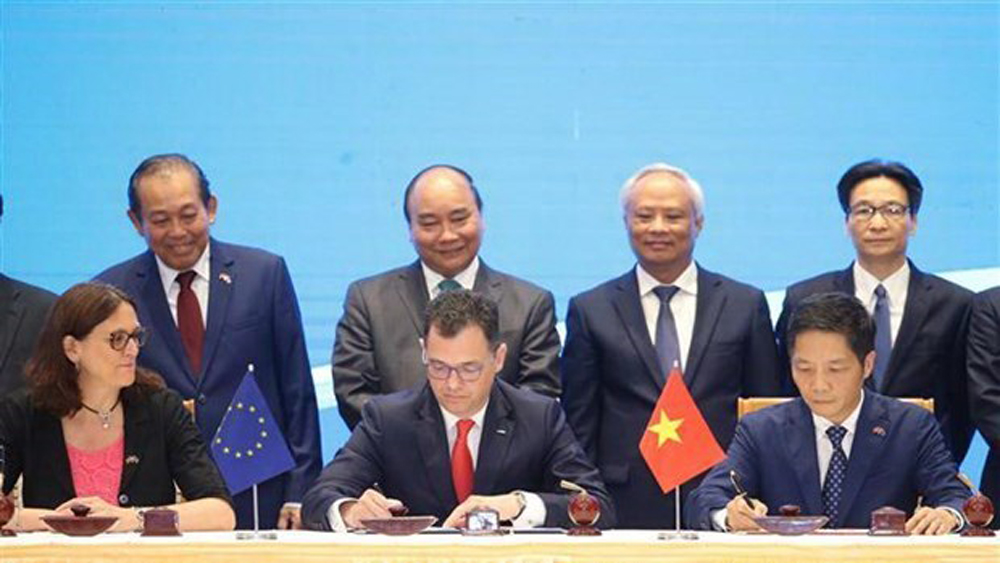 |
|
At the signing ceremony for EVFTA. |
Speaking at the signing ceremony, PM Phuc said that at the G20 summit in Japan on June 29, he had an important meeting with President of the European Commission Jean-Claude Juncker who stressed that June 30, 2019, is a special day of historical significance in the Vietnam – EU relations.
The signing of the two important agreements has opened up a new horizon for a larger and more comprehensive cooperation and stronger development of Vietnam and the EU, the Government leader said, thanking EU leading officials for their support.
The EU, with its Look East vision, has taken Vietnam as a partner, PM Phuc stressed, adding that as a country with rich potential for dynamic development of the top level in Southeast Asia which is implementing its foreign policy of multilateralisation and diversification of relations and having a strong vision for intensive and extensive international integration, Vietnam is very happy to cooperate with the EU.
The PM said the EVFTA and the EVIPA will lift bilateral ties to a greater strategic height, especially amid rising protectionism and non-traditional security challenges.
The leader expressed his belief that the European Parliament, parliaments of EU member nations, and the Vietnamese National Assembly will soon ratify the EVFTA and EVIPA.
Vietnam will soon issue a national action programme to realise the deals with special measures, he said.
At the signing ceremony, Minister of Industry and Trade Tran Tuan Anh said the signing of the two agreements will further enhance bilateral ties and bring benefits to both sides, marking a new beginning for a new journey ahead.
The EVFTA is considered a comprehensive, high-quality agreement that ensures balanced benefits for both Vietnam and the EU. At the same time, the agreement complies with the provisions of the World Trade Organisation (WTO).
The pact has 17 chapters, two protocols and several Memoranda of Understanding, covering trade in goods, principles on goods’ origin, facilitation of trade and customs procedures, sanitary and phytosanitary (SPS) measures, technical barriers to trade (TBT), trade in services, investment, trade defence, competitiveness, state-owned enterprises, Government purchase, intellectual property, trade and sustainable development, and legal and institutional issues.
Right after the deal takes effect, more than 85.6 percent of tariff lines imposed on Vietnamese products, equivalent to 70.3 percent of Vietnam’s export turnover to the EU, will be removed. After seven years from the entry into force of the agreement, the EU will abolish 99.2 percent of tariff lines, or 99.7 percent of Vietnam’s export turnover. For the remaining 0.3 percent of shipments, the EU pledged to provide Vietnam with tariff quota of 0 percent.
The level of commitment in the EVFTA is the highest that a partner has made under any FTA Vietnam has signed. It has significant meaning especially as the EU has been one of the two largest export markets of Vietnam for many years.
Regarding the EU’s exports, Vietnam commits to remove 48.5 percent of import tariff on goods from the EU, or 64.5 percent of the bloc’s export turnover, immediately after the deal takes effect. The figure will be increased to 91.8 percent seven years later. For the remaining EU exports, Vietnam will apply a tariff elimination roadmap for longer than 10 years or apply the WTO’s duty quota.
Under the EVIPA, both sides pledged national treatment and most favoured nation treatment to investors of the other side, as well as fair and satisfactory treatment, safe and full protection.
Source: VNA
 Bắc giang
Bắc giang





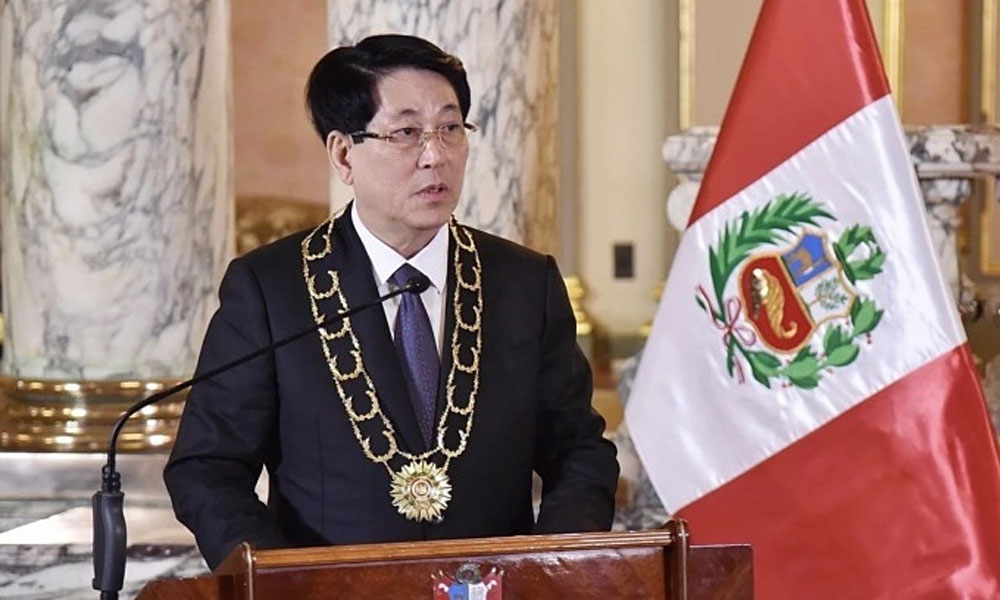
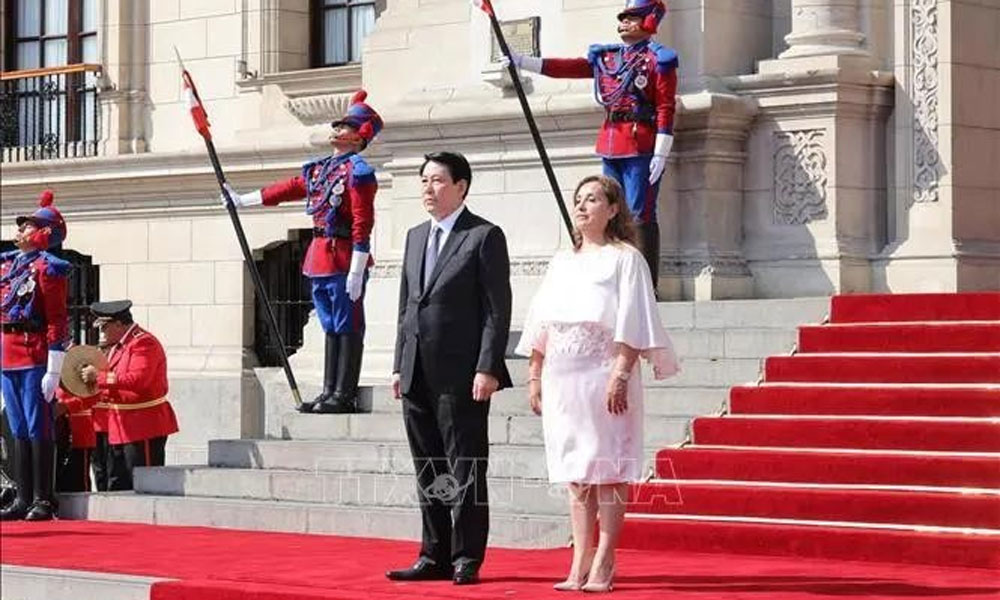
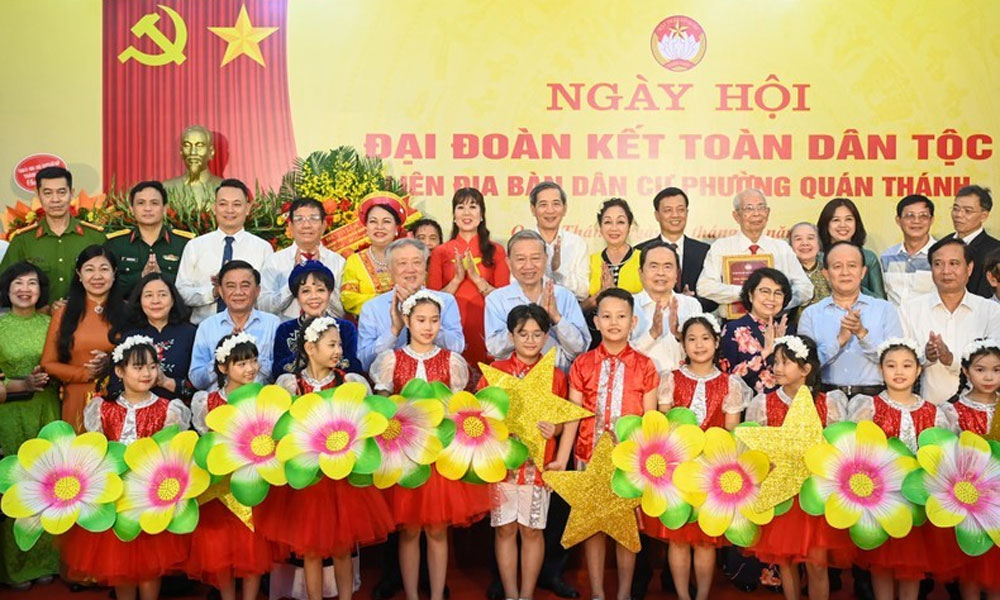

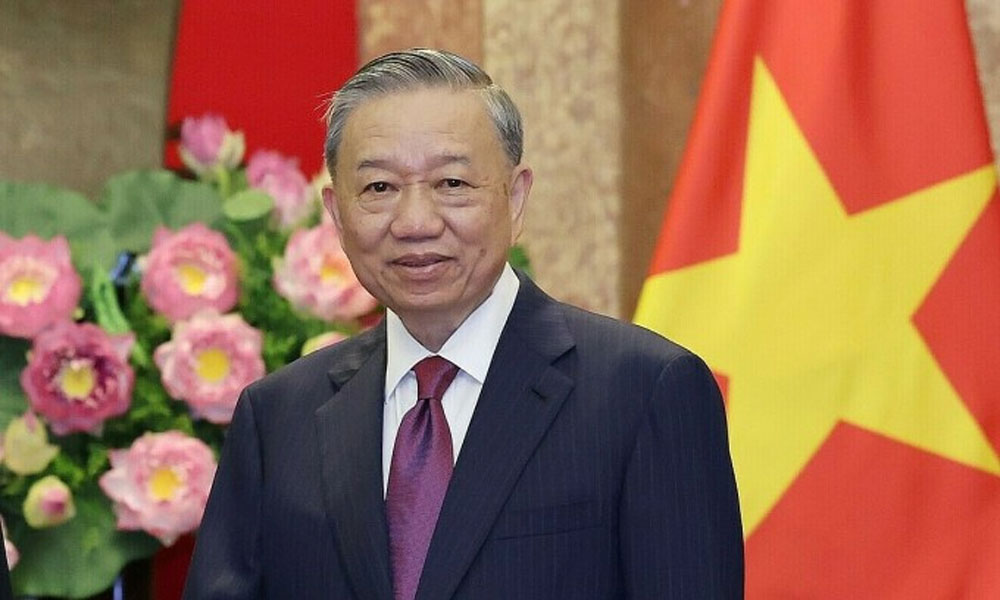
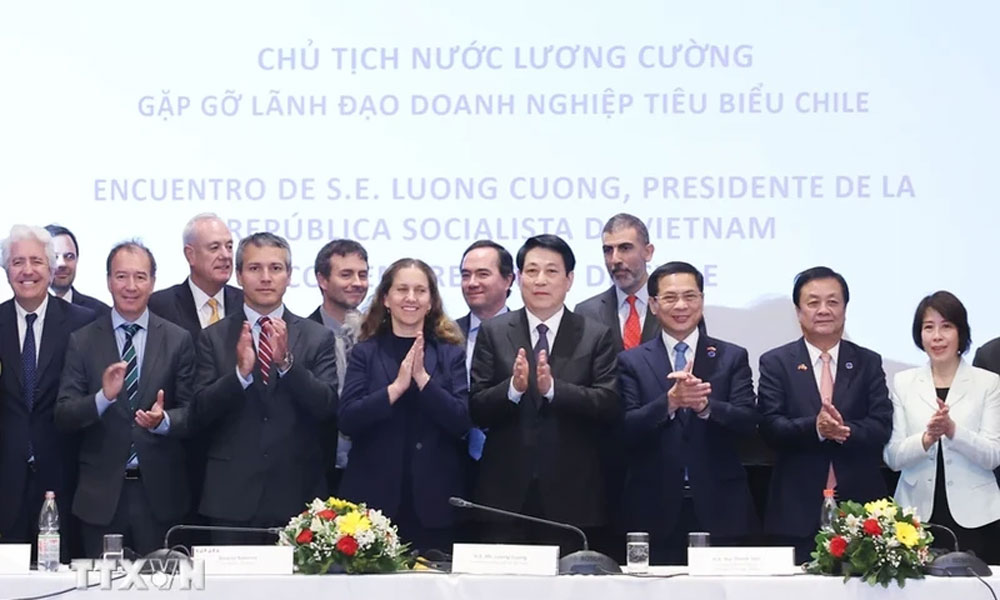
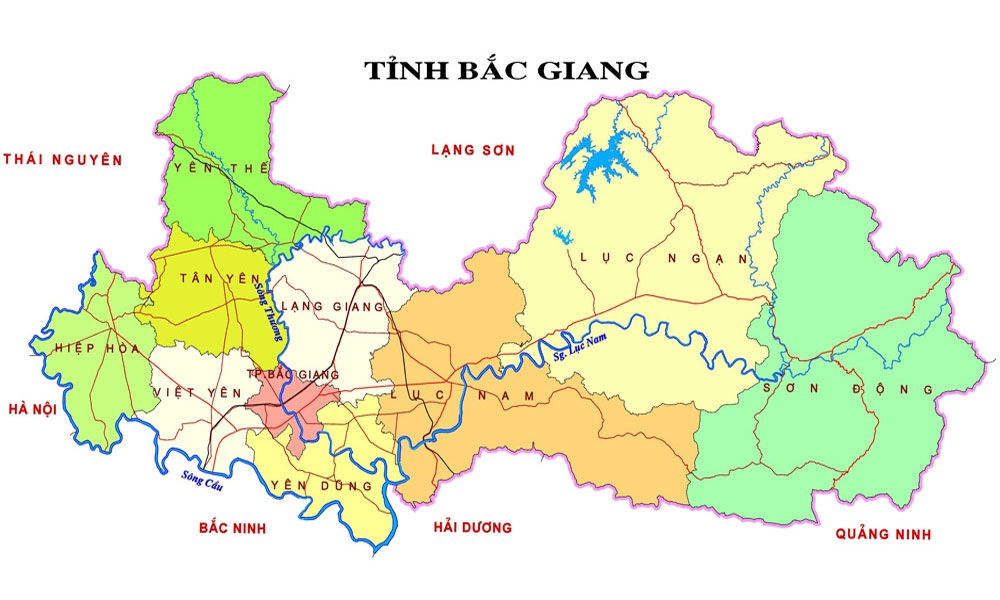

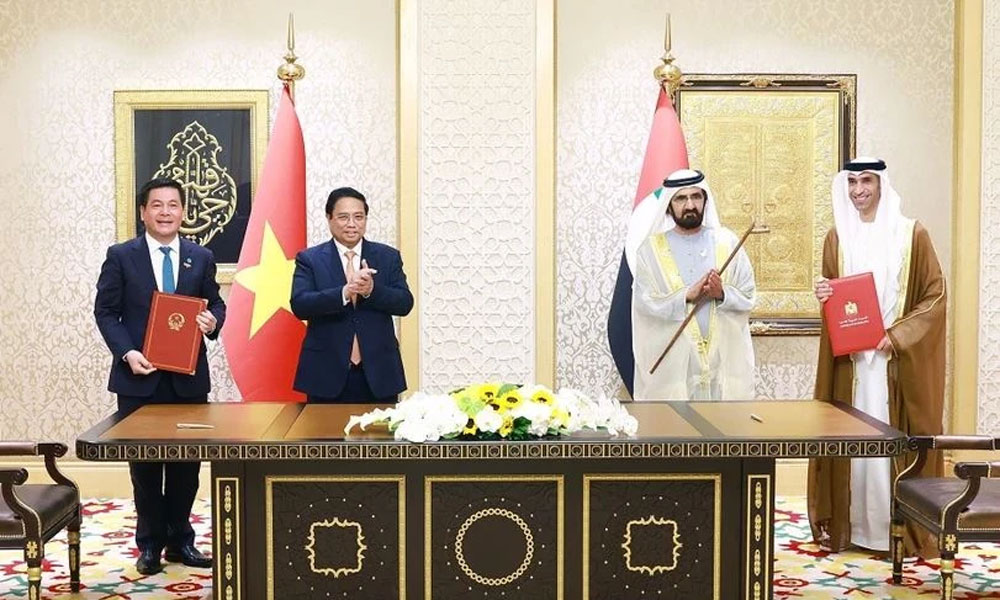

Reader's comments (0)